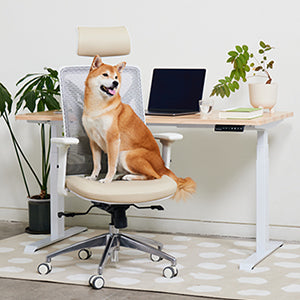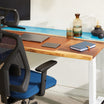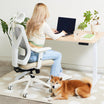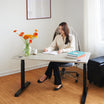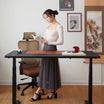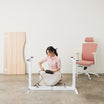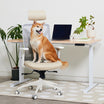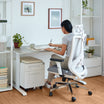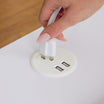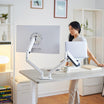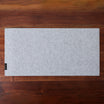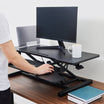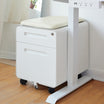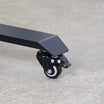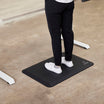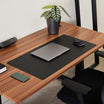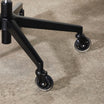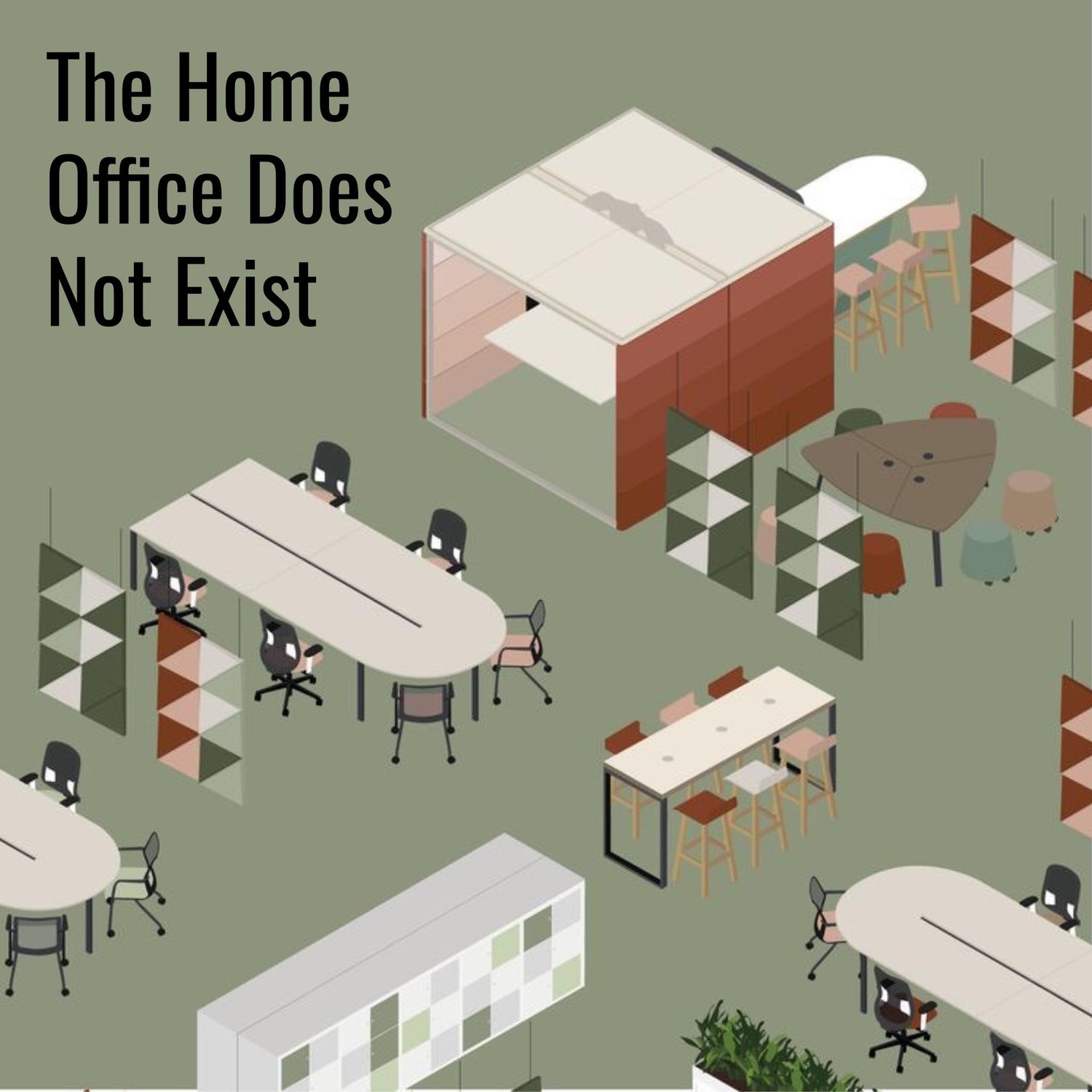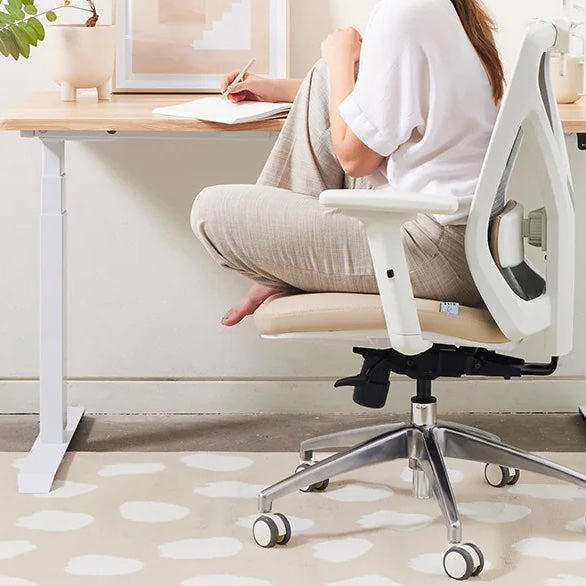The year 2020 astonished executives and employees alike with its mercurial pace of workplace change and adaptation. In just one month, the percentage of people working remotely jumped from a meager 31% to the all encompassing 62% – a stark shift in the standard workplace culture that had been developing organically since its inception. Employees began working from home out of necessity, finding out a truth about how the shared office setting isn't as necessary as once thought, and work can thrive when decoupled from location.
People in shock will reach out to the familiar for a sense of comfort, and so many organizations, once moved remotely, tried to replicate the office environment virtually. Every routine meeting lost to the lockdowns was simply replaced with an equivalent scheduled zoom call in the same time slot, and 9 am meetings kept employees accountable to the regular business hours. A flurry of articles pertaining to ways to recreate the experience of the office at home shared tips, some experts even suggesting wearing shoes at home to avoid the "relaxed mindset" that bare feet could bring about.

The fear of adaptation and freedom cannot be solved by trying to curb the change. Change is inevitable. By shoving a square peg into a round hole, many organizations missed out on opportunities to shift with the workplace, and lost out to the organizations that adapted faster, and better. Working from home should not be a performance routine to replicate the appearance of a day at the office. At the end of the day, we went to the office to work. The goal should be not to mold your environment to work as an office, but to use the benefits of your new location to the advantage of your work.
Once removed from the office, it can be easy to let the mind construct an idealistic tableau of a haven of productivity and progress. In reality, the office setting was never perfectly conducive to work either. Offices allowed for easier socializing, but they brought in a number of additional distractions in return. When it was time to actually get an important work task done, a survey found that only 8 percent of people find they prefer to do it in their workplace during business hours. The regular business hours, which would fill up with chats with colleagues about weekends and the cafeteria, had little time left for employees to work, pushing many to work after hours, or even at home.

Physical distractions are also a factor that took away from the efficiency of the office setting. Many people, since moving to remote work, have been dressing up at home to replicate a sense of order and discipline. Wearing shoes on the carpet is a notable example. But were these fashionable rituals ever the most conducive to productivity in the first place? While dressing in business clothing does help a person get into the working mindset, the formal clothing sported by employees so often had a level of comfort low enough to directly harm one's focus. It can be difficult to produce the work that will define your career once your dress shoes have dug into your ankles.
So replicating the office at home is not the dream to be achieved that organizations may have pictured it to be. To succeed in a time of change means understanding the specifics of the new environment, and using them to your advantage. Moved to their separate homes, employees have the freedom to put their personal productivity styles in action, and make the most out of the hours that they spend working. Instead of spending hours in zoom calls that are no longer necessary in the new format, employees can write their own schedules, and sit in a setup that works the best for them.

If you're thinking about how to use your home space effectively, there are some things you need to consider before jumping straight into the process.
How to Make Working Remotely Work For You
1) Understand what kind of work you're doing
This is probably the biggest thing to keep in mind when thinking about where to set up your workspace. If you're looking to start a new project, then you'll want to make sure that you have everything you need within reach. You don't want to waste time searching for something that's already sitting right next to you. Think not about replicating the desk you used to sit at at work, but at creating an area that will have everything you need to work at home. The type of work you have to do may not be best suited to an office-like setting, so keep that in mind! Your work should drive your setup, not the other way around.
2) Consider your physical limitations
While this doesn't apply to everyone, if you're someone who has trouble getting comfortable in certain positions, you might want to think twice about putting yourself in a position where you're forced to stay in one spot for long periods of time. This could mean anything from having a hard time finding a good chair, to being unable to stand for extended periods of time without feeling pain. If you know that you're going to be spending a lot of time sitting down, you'll want to ensure that you're making sure that you're able to move around as much as possible while you're working. Great at-home solutions to this are getting your hands on an ergonomic office chair, or a standing desk. Trust us, investing in the furniture you work with every day is worth it. And now that you're at home, it may just be the perfect time to try out the sit-to-stand routine that has improved the health and mindsets of so many.

3) Make sure you're comfortable
You've got to feel comfortable in your surroundings, otherwise you won't be able to concentrate on your work. So make sure that whatever room you choose to set up shop in, it feels like a place you'd actually want to spend time in. Working from home means that you are free to work the way that is most comfortable for you, with enough privacy to do what you usually couldn't. If you need to be extremely focused and typing for an hour, and working from bed in that short time is what will lead to the best results for you, then it's ok if you choose to do that. Just make sure that you are aware of the health implications of your setup, switch to standing to break up the time spent in bed, make sure that the room itself isn't too small, and that you have enough light coming through the windows to allow you to see clearly. Working from home gives you the freedom to work more comfortably without shoes, so take that freedom and translate it into productivity. Oftentimes, a "relaxed mindset" is the healthy headspace that you need to think clearly, and create amazing results.


